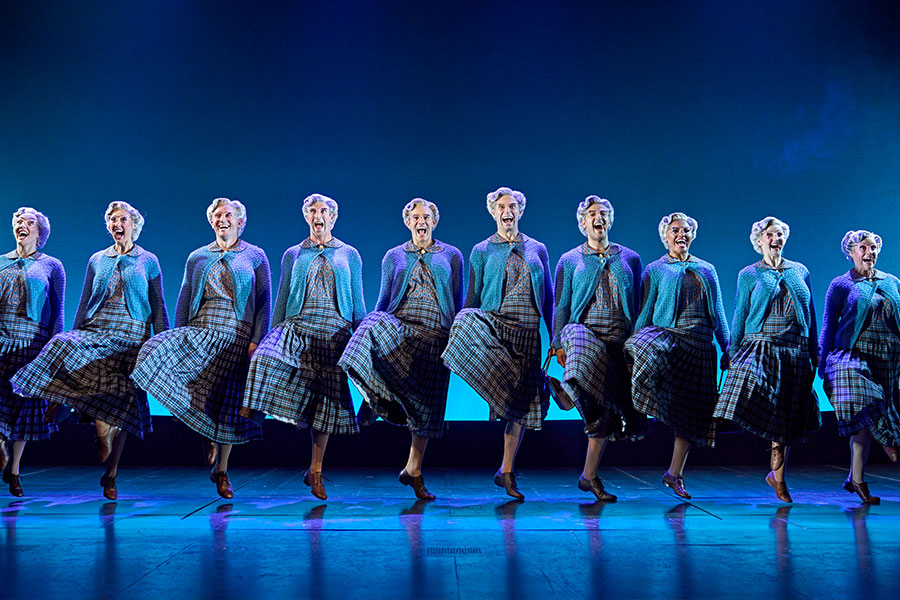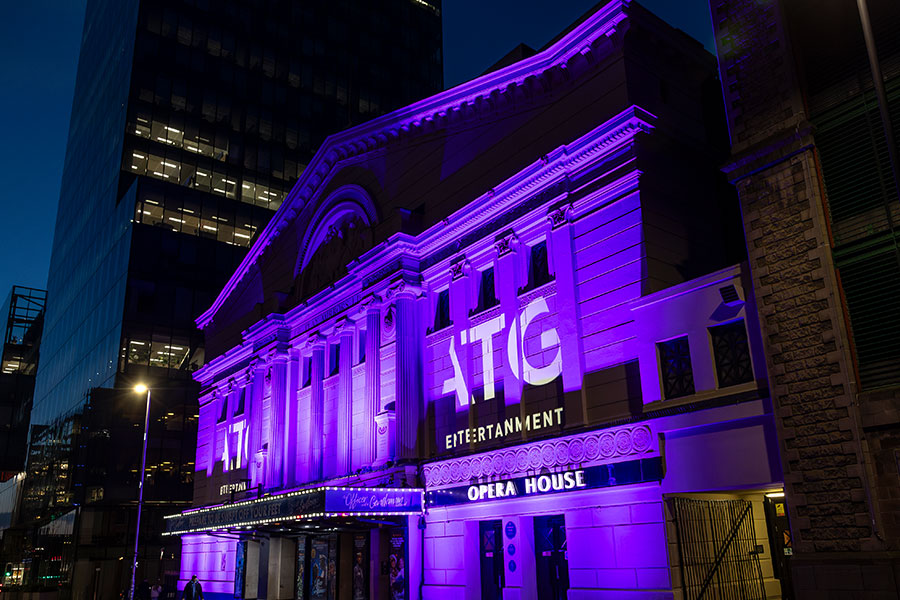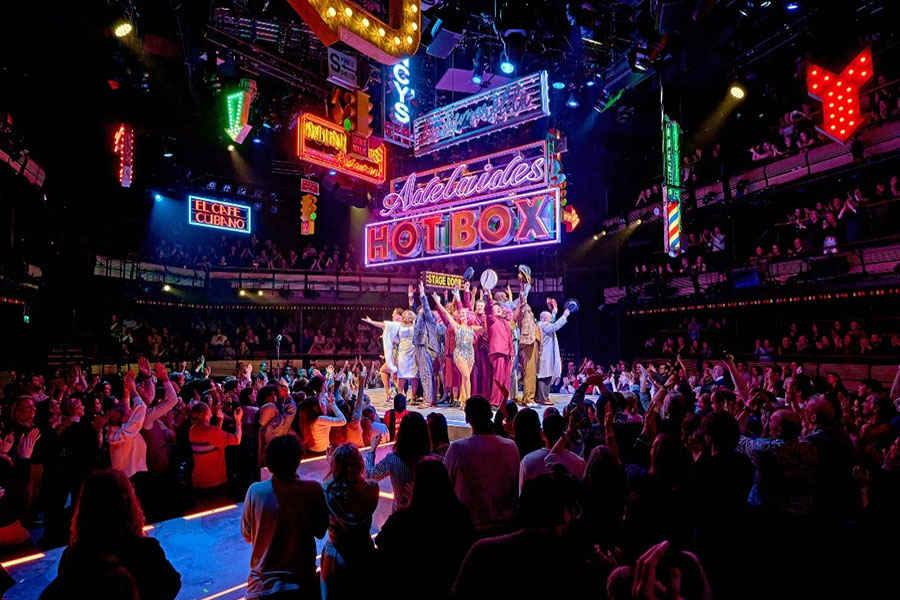Jo Caird: Theatre Trailers – Dishonesty & Disappointment
The film trailer has been an integral part of cinema marketing since the very early days of film itself. A way of telling potential audiences about a new release, whetting their appetites with selected scenes that convey the action, sentiment or intrigue of a film, the trailer is a simple and inexpensive but highly effective tool that mainstream cinema now couldn’t do without.
In recent years, however, the trailer has extended its influence beyond the big screen and into the world of theatre, where it now occupies a somewhat uncomfortable position in the pantheon of marketing devices. Where previously audiences might be expected to make their ticket-buying choices based upon reading previews and reviews, receiving direct marketing, whether paper or electronic, and being exposed to traditional advertising campaigns, they are now also invited to view trailers online, something that appears to me to be completely at odds with what this art form is all about.
What makes theatre such a powerful medium for story telling is its liveness. Audiences are persuaded to buy into the story they are being told because its protagonists are right there before them, real people living and breathing. Theatre is an experience that an audience takes part in, as opposed to cinema, which is enjoyed at a further remove.
There are various different directions that producers of theatre trailers can go in: footage of the show, scenes from the rehearsal room and interviews with the cast and crew might be used in isolation or combined to create a multi-levelled piece of work. We see all these techniques used by Max Stafford-Clark’s company, Out of Joint which produces trailers for every one of its shows. Another increasingly popular method is to produce a ‘dramatic’ trailer using fictional material created especially for the trailer and not taken from the show. An example of this is the trailer for last year’s Deathtrap, which was viewed over 34,000 times on YouTube.
Whichever route is chosen, a trailer has no hope of evoking the magic of the live theatre show that it seeks to promote. A two-dimensional likeness of a three-dimensional art form always runs the risk of appearing unpolished and underwhelming to an audience used to the high production values of glossy television programmes and films. ‘Dramatic’ trailers are also problematic because they are essentially dishonest, offering audiences not a slice of what they will be seeing should they buy a ticket to the show, but another piece of work altogether.
There is also a cynicism implicit in theatre trailers, a feeling that audiences are not imaginative enough to decide that a piece of theatre is for them without having a sexy, filmic version of the piece flashed before their eyes.
Plenty of money – cash that could be spent on the work itself and paying cast, crew and creatives decent wages – is already ploughed into marketing budgets. This is a necessary evil of the industry: bums must be got onto seats somehow. But it strikes me as wrong for productions to earmark even more dosh for marketing stunts that court audiences by dressing theatre up as something it’s not.










